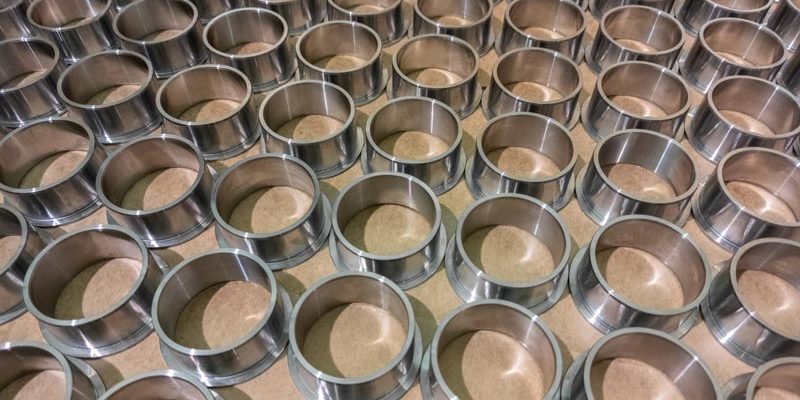1. Define the surface
Placing surfaces is a far simpler and surer way to ensure that the surface to be used is fairly flat and realistic. Surface treatment of a surface is just a strange mechanical expression, surface milling over the entire surface can only extract a few thousand orders of magnitude at a time until the entire surface is reasonably even in terms of flatness. The qualification pass is usually the first step seen when watching milling in the workshop or online, and this is for a number of reasons, not least of which is to ensure the smoothness of the surface.
2. Use spring machining engraving tools
If only basic engraving or part marking work is required, and the surface is a bit “all over the map”, a spring-loaded engraving tool may be just what the doctor ordered. There are several different types of spring-loaded tools, of which the most popular versions are the spring-loaded version of the traditional split handle engraving tool and the spring-loaded “drag engraving bit”, also known as the “scribing” tool.
3. Map irregular surfaces using touch detection systems
Depending on the type of milling machine used, the probe system can be used to touch the workpiece multiple times to “map” the surface. Surface mapping through the probe can be a much faster solution to this problem. Surface mapping through touch detection usually involves giving the machine a few basic details about what it wants to probe: the size of the probe area, the pitch of the probe grid, and so on.
4. CMM surface mapping and image projection in CAM
There’s a lot involved in this process, and for brevity’s sake, I’m going to reduce it to a step-by-step process
In SUMMARY:
1. Load the workpiece onto the CMM
2. Manually measure as many points as possible to achieve all surface changes in the work area
3. Export the obtained point cloud to the CAD software
4. Create spline curves linking measurement points to create 3D surface plots
5. Export 3D surface drawings to CAM software
6. Project the artwork/milling features onto the 3D surface
7. Generate the required tool path and send the cut file to the CNC
8. Load the workpiece onto the CNC and run the part

